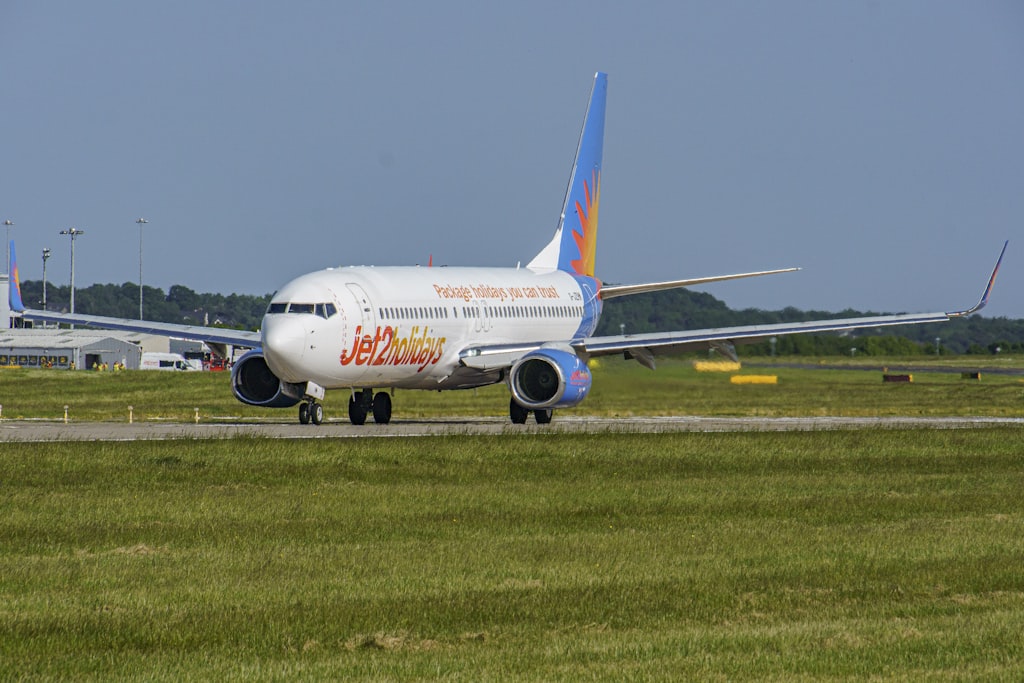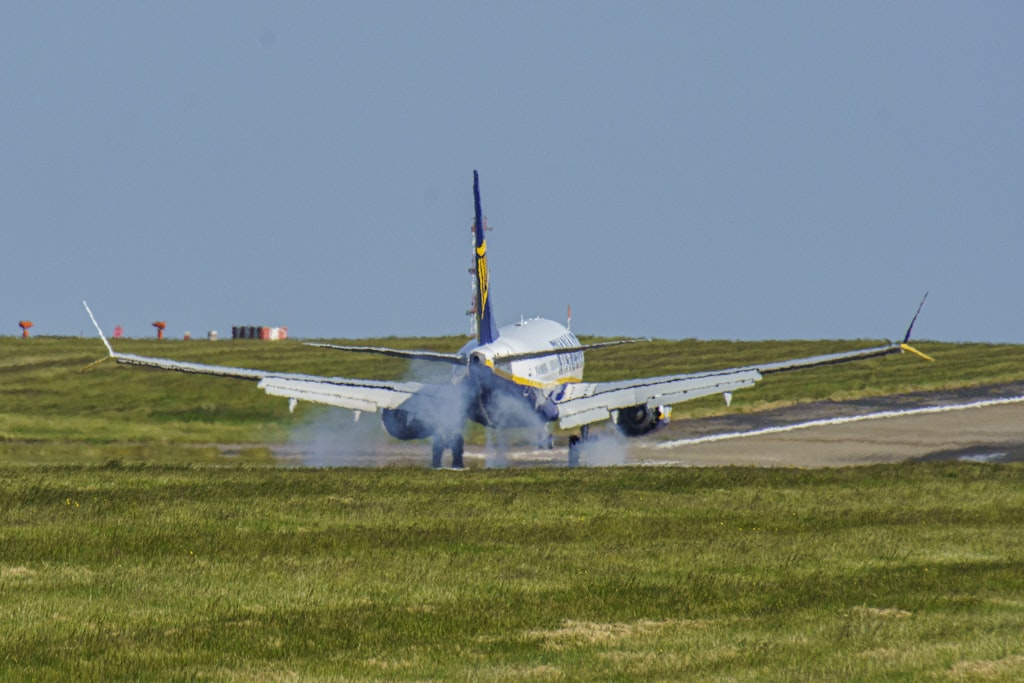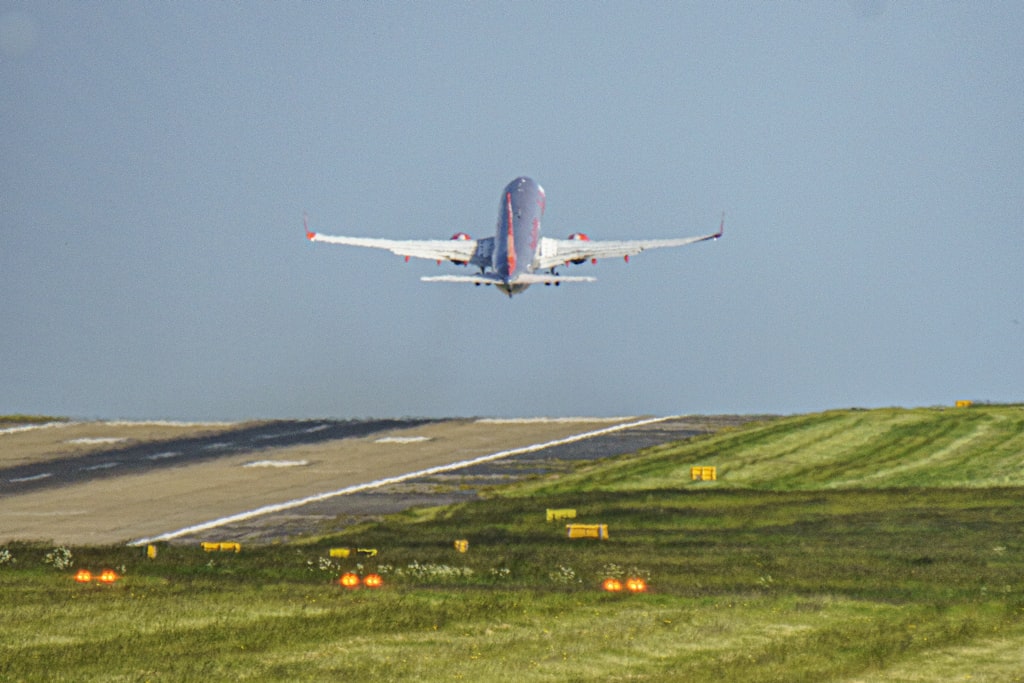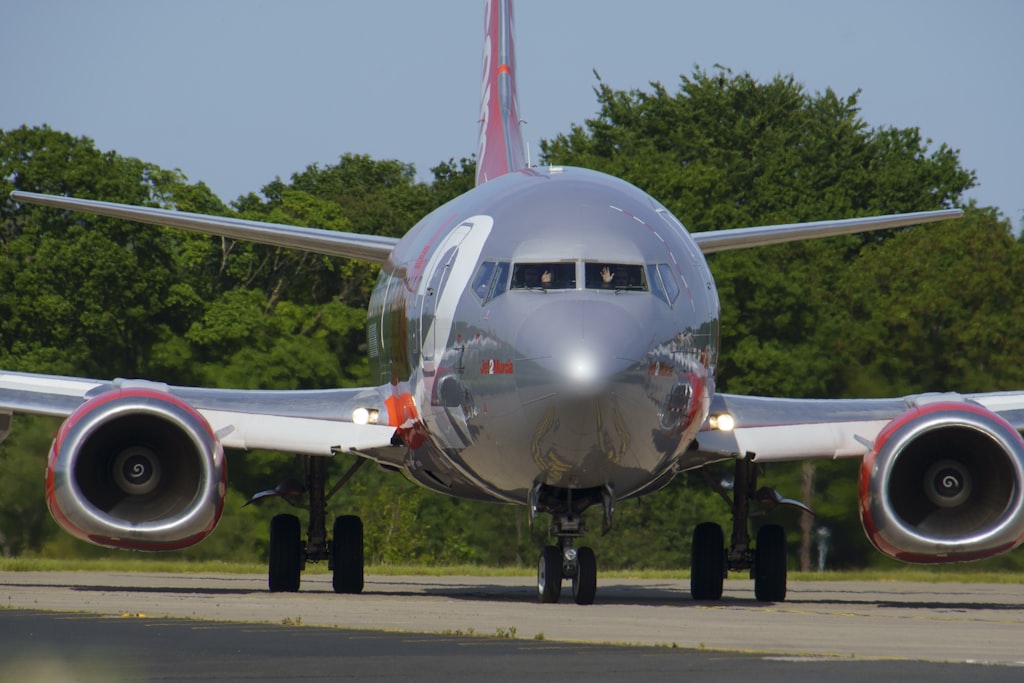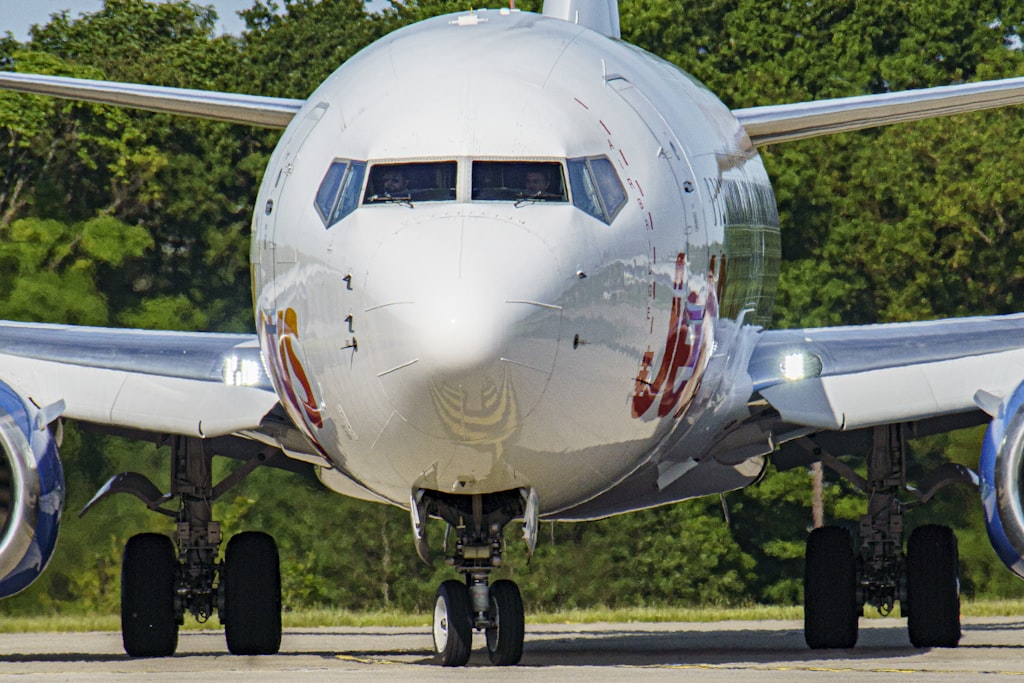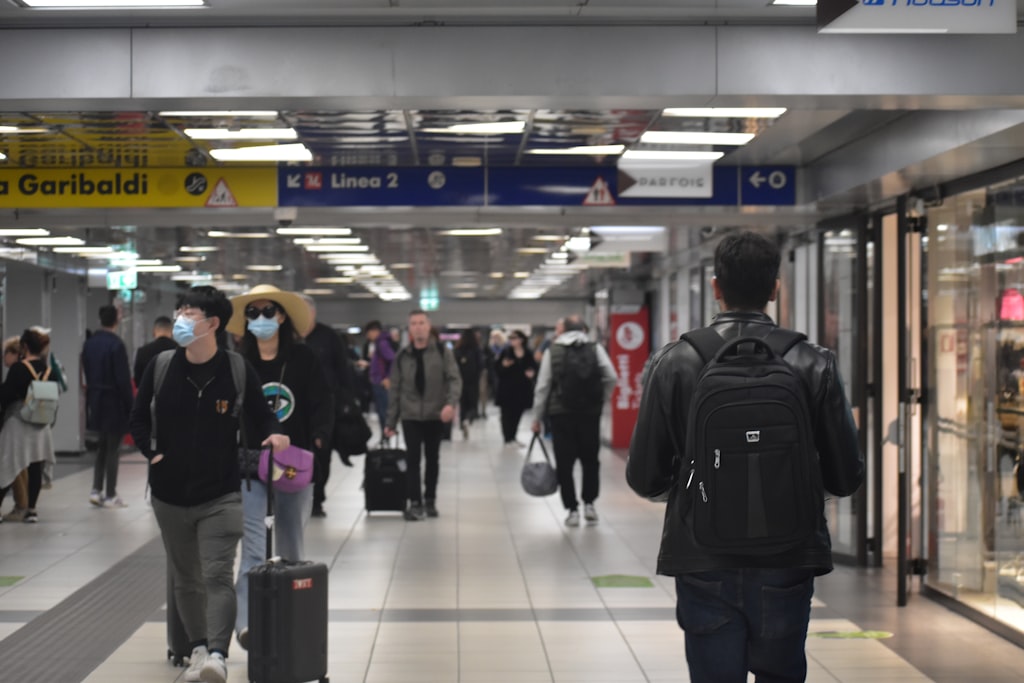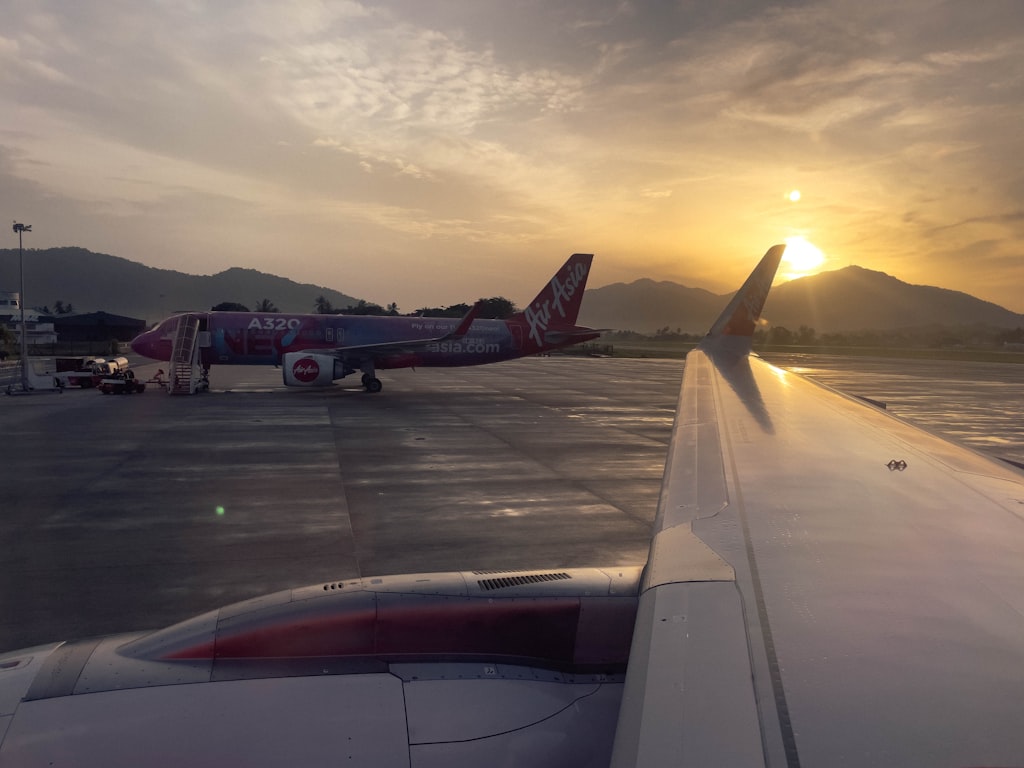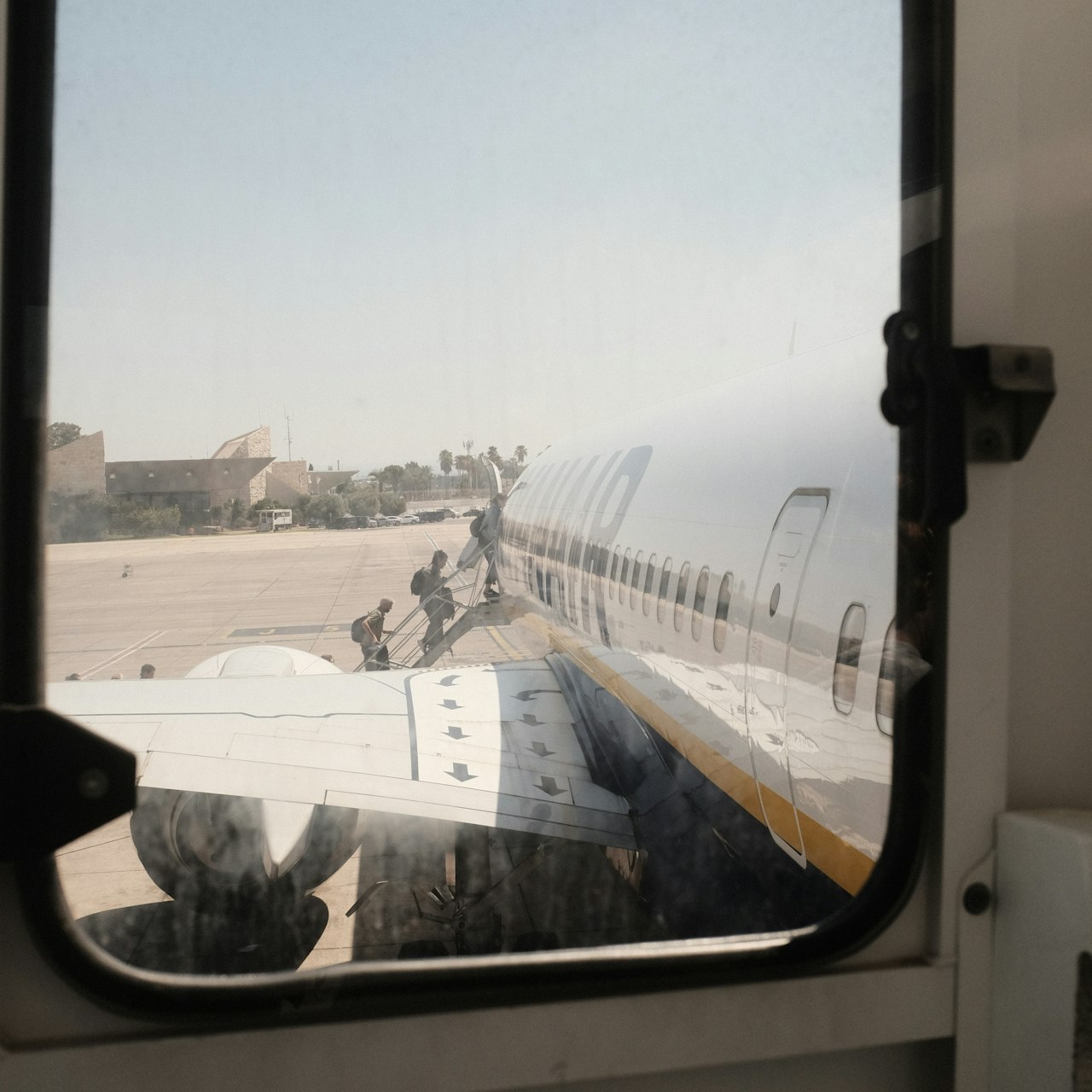Unexpected stop of air hub
Last Monday, one of the largest airports in Canada - Toronto Pieron International Airport - was faced with a large -scale technical failure in the navigation system, which led to serious interruptions in work. Hundreds of flights were detained, and some were redirected to other cities. Passengers were faced with long expectations, abilities and uncertainty.
The reason for the failure is failures in the navigation system
According to preliminary data, the reason was a violation of the operation of the automatic air traffic control system (ATC - Air Traffic Control). The failure touched on the navigation functions used to safely distribute air flows, ups and landings. Experts quickly found that the error was technical in nature and was not associated with cyber attacks or external intervention.
"For safety reasons, we suspended the reception and sending flights until the system is completely restored," said representatives of the airport. For several hours, the airspace in the Toronto area remained partially closed for new arrivative flights.
Influence on passengers
According to local media and social networks, passengers who were in the terminals were informed about delays, but many complained about the lack of operational information. People waited for departure for 5-6 hours, some flights were canceled without the possibility of immediate transfer.
“We have already registered, but then we heard that our flight was postponed for an indefinite time. No one could explain exactly what was happening,” said one of the passengers heading to Vancouver.
Airlines offered passengers a free change of tickets, vouchers for food and, in some cases, hotel accommodation. However, due to the scale of the resource situation, it was not enough for everyone.
The consequences for air traffic
The failure affected not only internal, but also international flights. Some planes heading to Toronto were forced to sit in Montreal, Ottawa and even Buffalo, the USA. This entailed additional expenses for air carriers and logistics difficulties in delivering baggage and transfers.
Analysts already call this incident one of the largest technical failures in the history of Canadian aviation in recent years. According to the representative of the Ministry of Transport of Canada, a thorough investigation of the causes of the incident is being carried out.
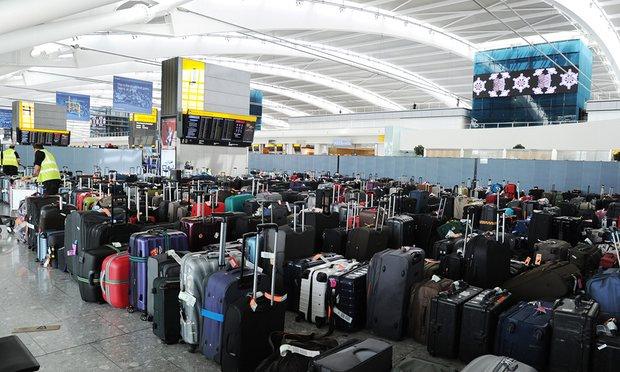
Fast recovery of the system
Technical specialists of the airport and air navigation provider NAV Canada worked around the clock. By the evening of the same day, the system was partially restored, and by the morning of Tuesday it was completely introduced into the standard mode.
"The safety of flights has been and remains our main priority. We are proud of how our services have quickly reacted. Now the incident is being analyzed to prevent this in the future," the official statement of Nav Canada said.
Lessons for the future
This case was a reminder of a high degree of dependence of modern aviation on digital systems. Although technology has significantly increased the safety and effectiveness of flights, they become potential vulnerability points for technical problems.
Experts emphasize the importance of regular testing of backup protocols and improve communication with passengers in the case of force majeure. Many believe that in such situations, transparency and speed of information providing information are no less important than the technical solution to the problem.
Conclusion
Toronto Parson Airport returned to normal work, but the consequences of the failure will be felt for a few more days - especially for passengers whose plans were broken. The incident demonstrated how critical the reliability of navigation systems is and how important it is to be prepared for unexpected technical difficulties.
It is expected that according to the results of the investigation, new measures will be proposed to improve infrastructure and prevent such incidents in the future. The Canadian authorities said they plan to strengthen cooperation with aviation companies and navigation services to increase the stability of the entire air transport system.


